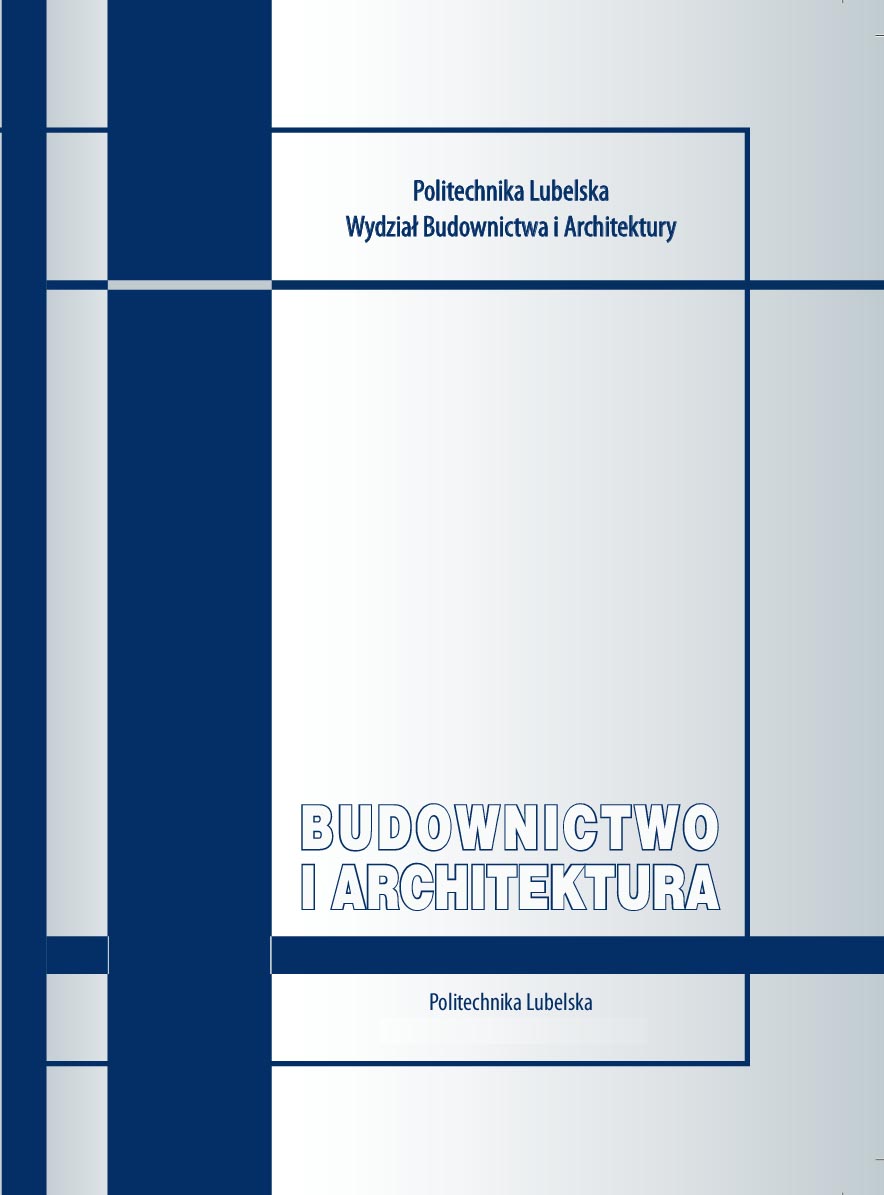Wpływ losowych nierówności toru na drgania wybranego układu most zespolony / nawierzchnia kolejowa / pociąg szybkobieżny
Effect of random track irregularities on selected composite bridge / track structure / high-speed train system vibrations
Author(s): Monika Podworna, Marian KlasztornySubject(s): Architecture, Geography, Regional studies
Published by: Biblioteka Politechniki Lubelskiej
Keywords: steel–concrete composite bridge; ballasted track structure; ICE-3 high–speed train; random track irregularities; modelling; simulation; numerical analysis
Summary/Abstract: A theory of the quasi-exact physical and mathematical modelling of the composite (steel–concrete) bridge / ballasted track structure / high-speed train system (BTT) was developed, including viscoelastic suspensions of rail-vehicles on two-axle bogies, the non-linear Hertz contact stiffness and one-sided contact between the wheel sets and the rails, the viscoelastic and inertia features of the bridge, the viscoelastic track structure on and beyond the bridge, the approach slabs, and random track irregularities. Based on this theory, advanced computer algorithms for the BTT numerical modelling were written and a computer program to simulate the vertical vibrations of the BTT systems was developed. The bridge subject to the preliminary dynamic analysis and designed according to Polish standards has a 15.00 m span length. The bridge was loaded by the German ICE-3 high-speed train moving at the critical (180 and 270 km/h) and the maximum (300 km/h) operating speeds.
Journal: Budownictwo i Architektura
- Issue Year: 12/2013
- Issue No: 1
- Page Range: 259-266
- Page Count: 8
- Language: Polish

